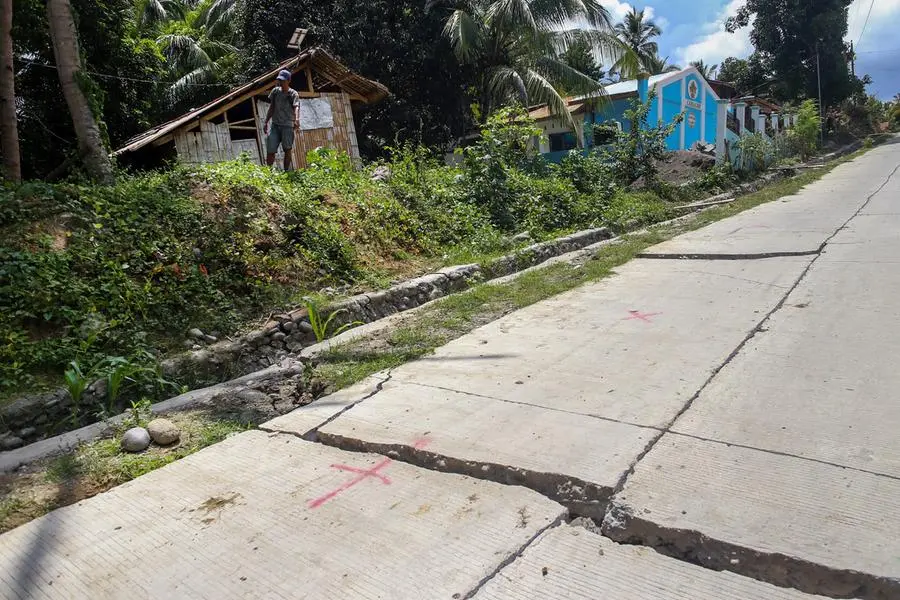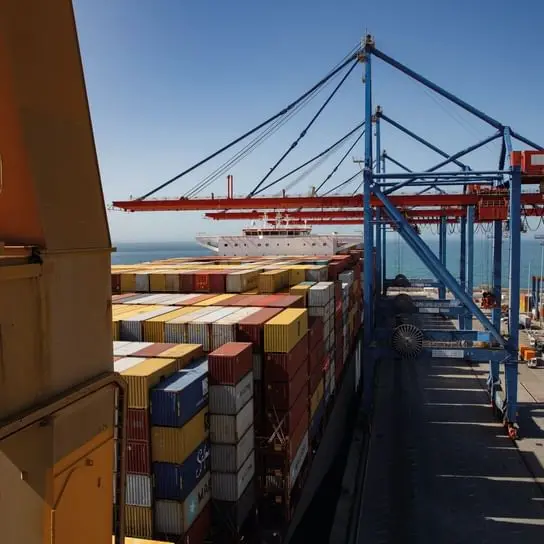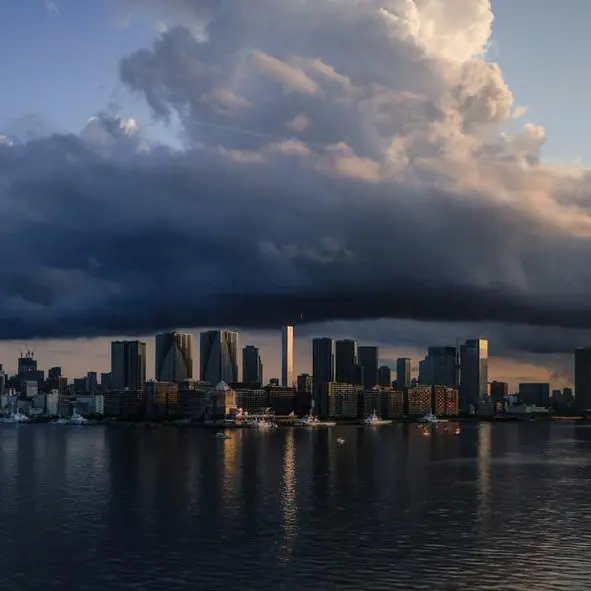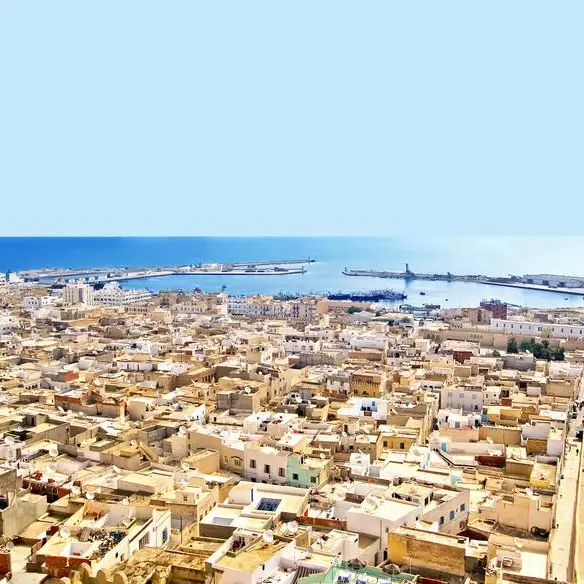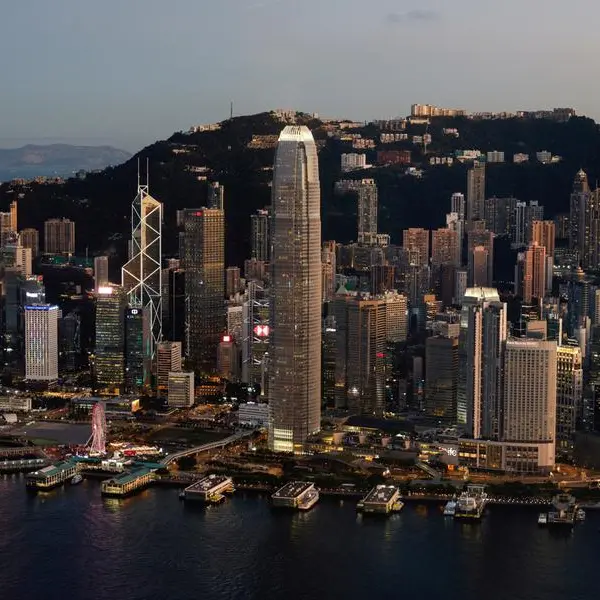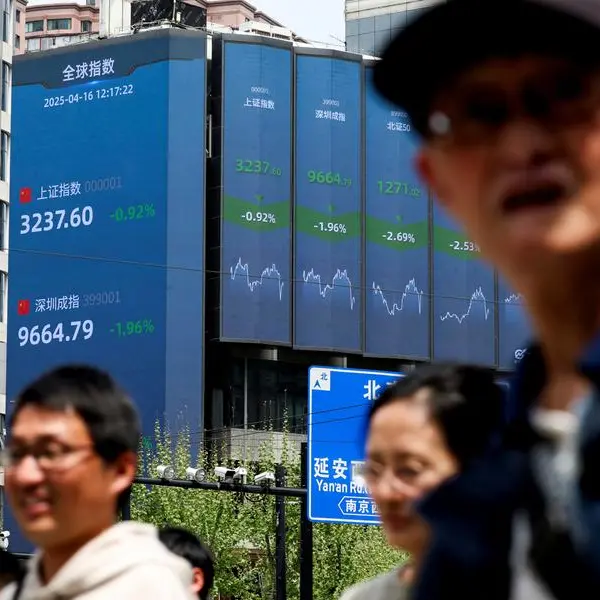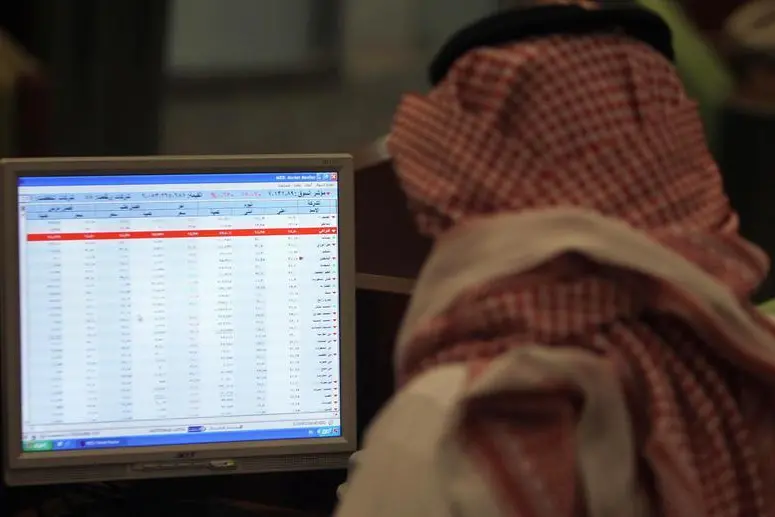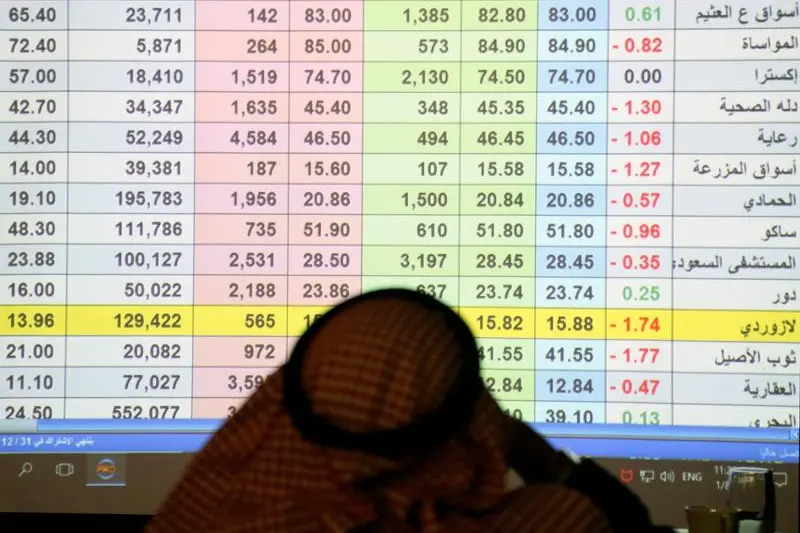PHOTO
A resident stands near a huge crack in a cemented road caused by a 6.4 magnitude earthquake the night before, in the town of Magsaysay in Davao del Sur on the southern Philippine island of Mindanao on October 17, 2019. - Three children were among four people killed after the powerful earthquake hit the southern Philippines, authorities said on October 17. (Photo by Manman Dejeto / AFP) Image used for illustrative purpose.
Just four days after the nationwide third-quarter earthquake drills, the province of Cebu experienced a quick but intense tectonic plate movement, with its epicenter at the municipality of Poro in Camotes Islands, yesterday afternoon.
Specifically, the epicenter of the magnitude 5.1 earthquake was at 10.50-degrees north, 124.36-degree east, approximately 16 kilometers south and 21 degrees west in Poro, Cebu.
In the data released by Philippine Institute of Volcanology and Seismology (Philvolcs) and the United States Geological Survey (USGS), the seismic activity occurred at exactly 2:53 in the afternoon.
In the same report, the quake was felt in varying degrees of intensity in different locations of the Visayas.
The level IV earthquake, indicating a "moderately strong" intensity, was felt in Poro and Talisay City in Cebu. It was also felt in Candijay, Duero, Inabanga, President Carlos P. Garcia, San Miguel, Sierra Bullones, and Talibon in Bohol; and in Baybay City, Hilongos City, Hindang, and Matalom in Leyte.
Meanwhile, a Level III or "weak" intensity was experienced in San Fernando, Cebu; Garcia Hernandez, Bohol; Albuera, Merida, and Palompon in Leyte; Ormoc City; and Sogod in Southern Leyte.
An aftershock then followed at 2:58 PM, registering a 2.0 magnitude in the same epicenter in Poro.
An hour later, at exactly 4:45 p.m., a tremor followed, this time recorded at magnitude 2.2. The epicenter was located 25 kilometers south of Poro, Cebu, at coordinates 10.41-degree North and 124.44-degree East, with a depth of 23 kilometers.
Of the 32 earth movements logged yesterday in the country, including some aftershocks, the one that hit Poro was the strongest, with a magnitude of 5.1.
Yesterday's incident, however, is the third strongest so far in the country this month. The strongest recorded was 5.3 in Jomalig, Quezon last Sept. 10, followed by that in Balut island in the municipality of Sarangani last Sept. 2, at 5.2.
PHIVOLCS data for this month shows that Bogo City also had experienced a 1.7 magnitude earthquake while Madridejos town in Bantayan island experienced a magnitude 2.0 earthquake last Sept. 24.
Last Sept. 26, several local government units in Central Visayas, through their respective local Disaster Risk Reduction and Management Office, held separate earthquake drills in participation of the 3rd Quarter Nationwide Simultaneous Earthquake Drill (NSED).
The NSED according to the Office of the Civil Defense (OCD) 'is one of the many efforts we do to instill awareness and preparedness among the public.'
This is a simulation exercise conducted every quarter of every year where the 'DUCK, COVER, and HOLD" is performed.
The NSED is also being held as part of preparations for the "The Big One', a magnitude 7.2 earthquake that may be triggered by a movement in the West Valley Fault, as per OCD.
After the incident in Poro, the OCD also reminded everyone what to do before, during. and after an earthquake.
Before any incident, one is expected to know the possible hazards in the area and if house repairs are necessary while also preparing for a 'GO bag' and participating in office and or community earthquake drills.
Storing of harmful chemicals and flammable materials is also advised along with securing of heavy furniture and hanging objects is also advised.
During the earthquake itself, OCD advises everyone to stay calm and do the 'duck-cover-hold when inside a building, but away from the glass windows, shelves, and heavy objects.
Once the shaking stops, exit the building and go to the designated evacuation area.
When already outside, stay away from buildings, trees, electric posts, and landslide-prone areas while if on a moving vehicle, stop and exit the vehicle.
After the incident, everyone is advised to stay alert, prioritize the needs of elderly persons, pregnant women, PWDs and children.
If in a coastal area, a threat of tsunami is anticipated and everyone is expected to be on higher ground.
Possible spills of toxic and flammable chemicals are also to be checked along with the water and electric lines, gas or LPG leaks, while one is advised to stay out of the building until advised that it is safe to return.
No casualties or damages
Meanwhile, Poro, Cebu Mayor Edgar Rama, who is in Cebu City during the earthquake, said that there were no casualties or damages reported in town so far.
But as a precaution, an advisory was put out at 3:22 p.m., to put on hold sea trips in the town.
Rama said he is monitoring the town despite not being in the island, and was coordinating with the heads of their offices, particularly the Municipal Disaster and Risk Reduction Management Office (MDRRMO), to conduct damage assessment.
'Gi-monitor man pud nako ang ubang CCTV. Okay ra man ang mga tao, ang uban nanggawas,' he told The Freeman, in a phone interview.
He likewise said that after the earthquake struck, he instructed the different department heads to deploy personnel to help monitor areas and check the residents who are in danger from possible aftershocks.
'Mao to gi deploy na ang atong (personnel) gikan sa DRRMO nato, gi-deploy na ang ubang sakyanan for monitoring sa tanagn areas sa tibuok lungsod,' Rama said.
The mayor said that although Poro was the epicenter of the earthquake yesterday, that was not the strongest shaking felt in their town.
'Murag 10 years ago, na-feel nako nga mas kusog to kay nilihok man gyud among balay. Unya karon magnitude 5.1 murag mas kusog-kusog tong uban before, that was 10 years ago, I think mga 5.7 to or 5.4,' he said.
In preparation for possible aftershocks, he said Poro has reserved relief goods if residents are forced to evacuate. As for the evacuation center, Poro can house evacuees in the schools, as the town's evacuation center is still under construction.
As of press time, though, no reports of damage or injuries have been received so far. The National Disaster Risk Reduction and Management Council, through a text message, continued to warn the public to monitor for aftershocks.
Copyright © 2022 PhilSTAR Daily, Inc Provided by SyndiGate Media Inc. (Syndigate.info).
